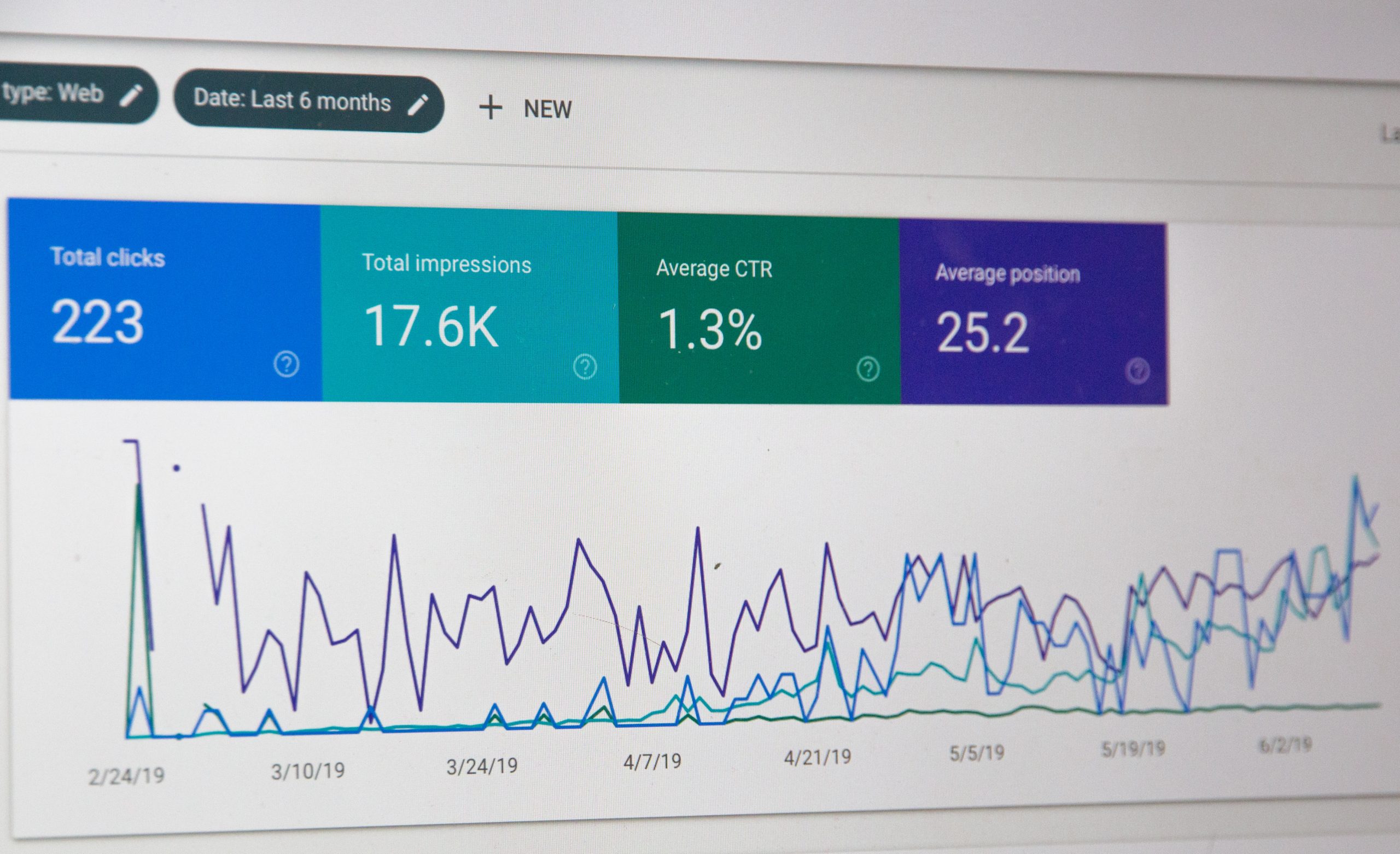 It’s a new world out there for WordPress theme authors. They (including me) don’t mean to harm the theme users (you), but they’re simply new at this premium themes game. Luckily, Small Potato (yours truly) is here to help.
It’s a new world out there for WordPress theme authors. They (including me) don’t mean to harm the theme users (you), but they’re simply new at this premium themes game. Luckily, Small Potato (yours truly) is here to help.
Before we get to it, first of all, not all premium themes are actually top notch themes. They’re basically called premium because you have to pay for them. Also, I’m personally responsible for spreading the “free premium themes” virus (which I regret). Theme authors are using that term so liberally that it has lost its meaning.
Second, assuming that someone great at creating and releasing free themes will be or is great at creating and releasing premium themes is a very dangerous assumption. This isn’t about not trusting your favorite free-theme author to do the right thing; it’s about protecting yourself and making sure your money will be well spent.
Do you recognize the theme author?
Although it isn’t a real quality indicator, if you don’t know how to thoroughly inspect and review a WordPress theme, the first thing you should look for is a recognizable name. Have you used any theme from that author before? How big is his or her blog? Is there a portfolio? The more established the author the more he or she has to lose if his or her product goes wrong.
Is everything within this theme…legal?
Theme authors and web designers/developers, in general, tend to use external resources like free icons, images, and scripts to help ourselves speed up the process or help us fill in the gaps that we’re not so good at. That’s nice and all for free themes. However, when you have to pay, make sure they have permission to sell those icons, images, and scripts to you.
Like I mentioned, the premium themes market is a new game for theme authors. We’re not being lazy or trying to harm you. The fact is not everyone knows what to do. But of course, that fact shouldn’t be an excuse. The best you can do is help them help you.
What your premium theme author should tell you is:
- Yes, they’ve all been licensed for commercial use and here’s proof.
- Yes, I (or we) do have permission to commercially redistribute or resell those images, files, or scripts in question.
What are the features and hidden options?
In short, give me the goodies. Some themes come with extra features and options that theme authors often neglect simply because they’re about developing themes, not marketing. Look for features like theme options, asides, featured posts, and custom page templates or layout variations.
You could be looking at a real gem and not know it.
Is there a FAQ and how’s the support?
At this point, your premium theme author probably made up the questions on the Frequently Asked Questions page, but a thorough FAQ page can be a very helpful guide for discovering hidden features, answering basic customization concerns, and solving installation problems.
While you’re at it, find out what kind of support you’ll get. Does the theme author have a forum or message board for you to post complicated questions? Support through email is a pain, not just for the theme author.
Is there a live demo or preview?
Typically, there’s a live demo or preview so you can check it out before purchasing. If there’s no demo or preview, that should be a warning sign. Anyone serious about selling a premium theme should have a demo. Otherwise, there has to be a really good reason for not having one.
If there is a demo, bust out your magnifying glass and start inspecting.
Is it well organized and evenly spaced?
Regardless of how and why an organized and well-spaced layout makes everything easier to use and look at. If something looks out of place, make sure that problem area will be easy to fix. If it’s not easy to fix and you’ll get no support then…doh!
Are the XHTML and CSS codes valid?
Whether they are valid or not doesn’t really affect you. You probably won’t even notice a thing. At the base of it, valid codes simply mean the codes have been organized and closed correctly. Valid coding isn’t a hard thing to do. If there are invalid codes, your premium theme author should have a good reason for it. Otherwise, run.
Grab the address of the live demo and its subpages. Start validating the XHTML codes. As for validating CSS, while you’re using the theme’s demo:
- Go to View > Source (from your browser)
- Find the address of the stylesheet, which looks something like this: yourblog.com/wp-content/themes/Theme-Name/style.css
- Enter that address at the CSS validator page.
A positive validation result page for both should look green. Below is an example of a positive validation result.

In simple terms, XHTML controls your structure and CSS controls the styles.
Does it have cross-browser compatibility?
Basically, does it look the same in both Firefox and Internet Explorer? Your blog readers, not all of them use Firefox and not all of them use Internet Explorer. You should cover both bases.
Regardless of how each browser interprets codes differently, it’s important for your blog or premium theme to not change according to what browser the user’s using.
(Firefox and Internet Explorer are used as examples because they are the most popular. You can also test for Safari and Opera browsers.)
Have the sidebar widgets been styled?
Nowadays, asking whether a sidebar is widget ready should be out of the question because the answer is they should be. But, what’s also important is whether the author spent any time styling for sidebar widgets. Your sidebar might look fine, but you never know until you start using sidebar widgets.
This a bit hard for novice users to check on so just ask the theme author.
Does the sidebar content come after the main content?
This is simply a bonus for SEO-minded users. Sidebar content coming after the main content in the source codes simply means search engines like Google will scan the main content before scanning the sidebar content. This is usually a problem when a theme uses a left sidebar, which typically means the sidebar comes first.
A left sidebar coming after the main content is possible if the author knows how to manipulate the CSS codes to do so. Again, this is a bonus, not a requirement.
If there’s left sidebar, go to View > Source again and look for the left sidebar content, does it come before or after the main content area?
Are there installation and usage instructions?
WordPress themes are getting more and more complicated to install and use to the fullest extent. Installation and usage instructions aren’t, but should be requirements.
If the author boasts about custom page templates, does he or she give you instructions on how to use those custom page templates?
Does the archive template make use of excerpts?
Without a robot.txt file to control the behavior of search engine spiders, scanning your blog for content, you have to rely on using
function for the archive pages to help search engine spiders distinguish your front page from your archive pages. You can get penalized for having duplicate content, which you didn’t mean to, but it just so happened that you front page is identical to your archive page while not using excerpts.
Using excerpts to prevent duplicate content isn’t much help, but something is better than nothing.
Is it missing any basic template functions?
,
,
are the most common missing functions.
and
are often used by WordPress plugins to help you manipulate your blog.
is used for displaying links to posts with multiple subsections. It should be in the single.php and page.php files.
(You can’t check on the above functions until you have the actual theme files.)
Are there unnecessary codes?
(Again, this level of inspection is best when you actually have the theme files.) Something like trying to display the comments number link on single post view pages (single.php) is unnecessary because the comments number link will not show up on single post pages.
What does the error pages look like?
On the demo, purposely go to a page that doesn’t exist to see what the error message or error page layout looks like. You can do the same thing again by searching for a random keyword, through the search form, that you know there’s no result for.
What plugins are compatible or have been integrated with this theme?
If some plugins have been integrated, are there instructions on how to install, use, and customize them? Are there any known plugins that the theme isn’t compatible with?
What versions of WordPress is it compatible with?
By default (November 27, 2007), your premium theme should be compatible with WordPress version 2.3.1. If it’s also compatible with previous versions like 2.2 and 2.1 then it’s a bonus.
What are the licenses and usage limits?
Does the author allow you to redistribute in-whole or in-part (not likely)? How many domains are you allowed to use this theme on? If you’re a developer, does the author provide a developer license, which allows you to reuse that premium theme for your clients’ projects?
That’s the end of my list. I’m sure there are many more concerns or quality measures I haven’t covered. You’re welcome to contribute to this list.



